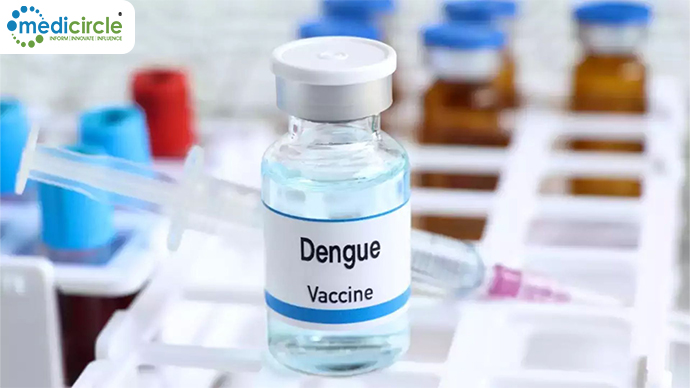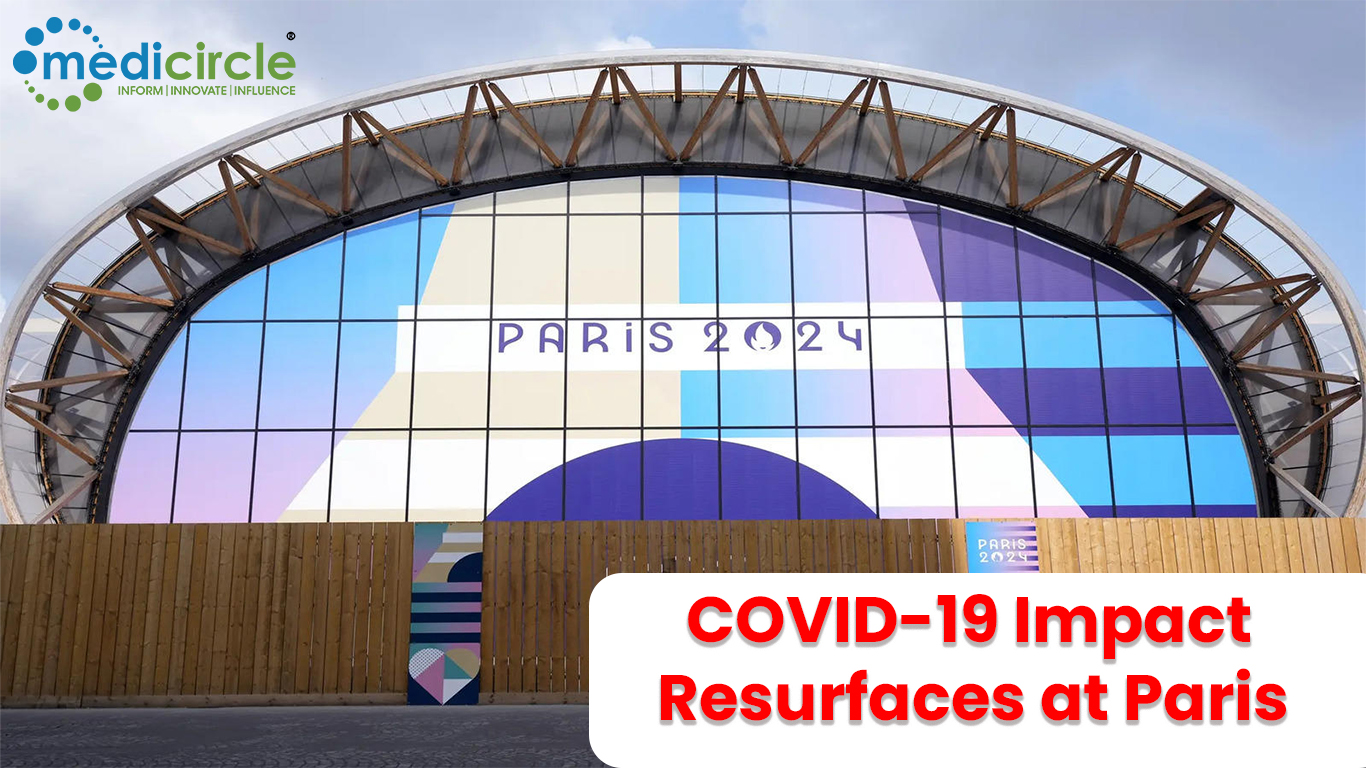NX Development Corp (NXDC), a life sciences company wholly owned by photonamic GmbH & Co. KG., today announced the enrollment of the first patient in Phase III multicenter study of Gleolan to enhance visualization of brain tumors in patients with newly diagnosed or recurrent meningiomas. This international study will enroll 100 patients and is expected to be completed in approximately 15 months. The first patient was enrolled at the University Hospital Münster in Germany by Prof. Dr. Walter Stummer, who is the co-Global Principal Investigator in the NXDC-MEN-301 study.
“We are pleased to initiate this landmark study evaluating the utility of fluorescence-guided surgery (FGS) in the meningioma patient population. We are excited about the execution of this important study as we continue to expand the use of Gleolan in cancer surgeries around the world,” said Alan M. Ezrin, Ph.D., co-founder, and CEO of NXDC.
The study is designed to show the potential benefit of real-time visualization of Gleolan-induced fluorescence under blue light, helping surgeons more accurately distinguish tumor from adjacent non-tumor or scar tissues more reliably than conventional white light intraoperative assessment. The use of Gleolan-induced fluorescence in patients with meningioma may enable the surgeon to more clearly see meningioma tumors in real-time and to make better-informed decisions to determine if the tissue should be removed.
Gleolan may be an important visual aid not only for intraoperative real-time visualization of the primary tumor, but also of tumor remnants, satellite lesions, and infiltrating tissue in the meninges, bone flap, sinuses, and brain parenchyma. The use of Gleolan may allow the surgeon to have greater confidence that the target tumor has been effectively removed.
NXDC obtained FDA approval in 2017 for the use of Gleolan as an intraoperative imaging agent. Gleolan is currently indicated in the United States for patients with glioma [suspected World Health Organization (WHO) Grades III or IV on preoperative imaging] as an adjunct for the visualization of malignant tissue during surgery.
About NX Development Corp. (NXDC)
NXDC is a privately-held life science company dedicated to the commercialization of Gleolan in the U.S. The company was acquired in 2018 by photonamic (PHN) GmbH & Co. KG. (Pinneberg, Germany).
About Gleolan
US INDICATION AND IMPORTANT SAFETY INFORMATION
Gleolan is an FDA-approved optical imaging agent indicated in patients with glioma [suspected World Health Organization (WHO) Grades III or IV on preoperative imaging] as an adjunct for the visualization of malignant tissue during surgery. Gleolan helps neurosurgeons see malignant tissue in real-time during surgery and is provided orally 20mg/kg, 2-4 hours prior to glioma surgery. During operation, the surgeon utilizes a modified surgical microscope with a specific blue light filter for the visualization of red-violet fluorescence. To-date Gleolan has been used in more than 80,000 cases of high-grade gliomas worldwide.
Important Safety Information
Contraindications:
Do not use Gleolan in patients with:
- Hypersensitivity to the active substance
- Acute or chronic types of porphyria
Warnings and Precautions:
Due to the risk of phototoxic reactions, do not administer phototoxic drugs for 24 hours during the perioperative period. Reduce exposure to sunlight or room lights for 48 hours after administration of Gleolan.
Errors may occur with the use of Gleolan for intraoperative visualization of malignant glioma, including false negatives and false positives. Non-fluorescing tissue in the surgical field does not rule out the presence of tumor in patients with glioma. Fluorescence may be seen in areas of inflammation or metastases from other tumor types.
Hypersensitivity reactions, including serious hypersensitivity reactions, have occurred; these reactions include anaphylactic shock, swelling, and urticaria. Always have cardiopulmonary resuscitation personnel and equipment readily available and monitor all patients for hypersensitivity reactions.
Adverse Reactions:
Adverse reactions occurring in >1% of patients in the week following surgery were pyrexia, hypotension, nausea, and vomiting.
Nervous system disorders occurred in 29% of patients within the first week after surgery and events occurring in >1% of patients included: aphasia (8%), hemiparesis (7.8%), hemianopsia (3.2%), headache (2.7%), seizure (1.9%), hemiplegia (1.9%), monoparesis (1.3%) and hypoesthesia (1.1%). Brain edema occurred in <1% of patients in the first 6 weeks after surgery. In a randomized clinical trial, the numbers of serious neurologic adverse events in the postoperative period were higher in patients randomized to the ALA fluorescence arm compared to the control arm. An imbalance was notable for the adverse events of aphasia, ataxia, convulsion, and hemianopsia and is likely related to the higher amount of brain resection performed in the ALA arm. At longer follow up periods, the numbers between the two arms appeared similar.
Worsening of >= 2 Common Toxicity Criteria grades in alanine aminotransferase and gamma-glutamyl transferase occurred in 15.8% and 11.6% of patients, respectively, within the first week after surgery. Absolute levels ranged from 2 times to greater than 10 times the upper limit of normal for each parameter. At 6 weeks, these measurements remained elevated in 2.9% and 7.5% of patients, respectively. There were no cases of liver failure.

 NX Development Corp today announced the enrollment of the first patient in Phase III multicenter study of Gleolan to enhance visualization of brain tumors in patients with newly diagnosed or recurrent meningiomas.
NX Development Corp today announced the enrollment of the first patient in Phase III multicenter study of Gleolan to enhance visualization of brain tumors in patients with newly diagnosed or recurrent meningiomas. 






.png)
.png)
.png)










.jpeg)

.jpeg)










.jpg)




.jpg)

